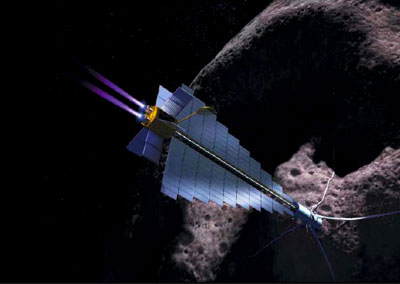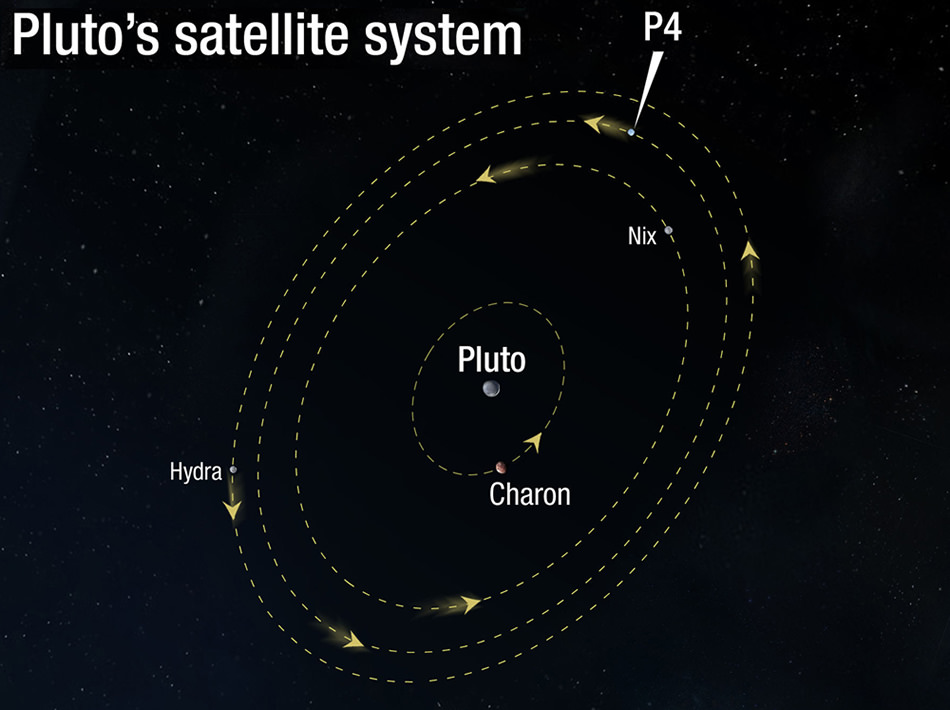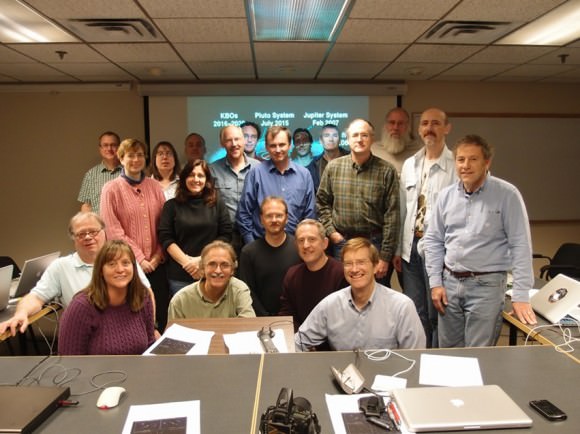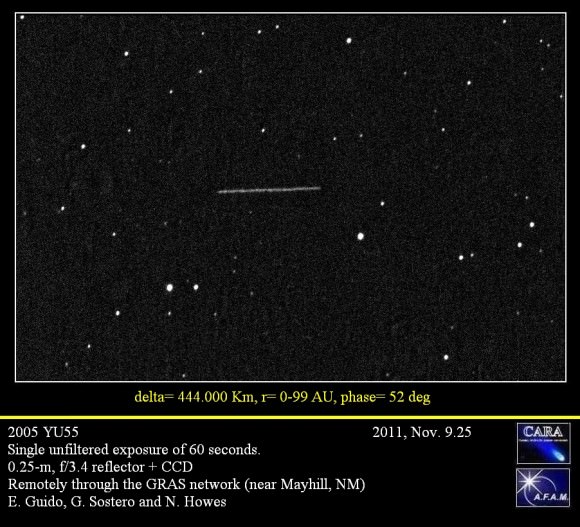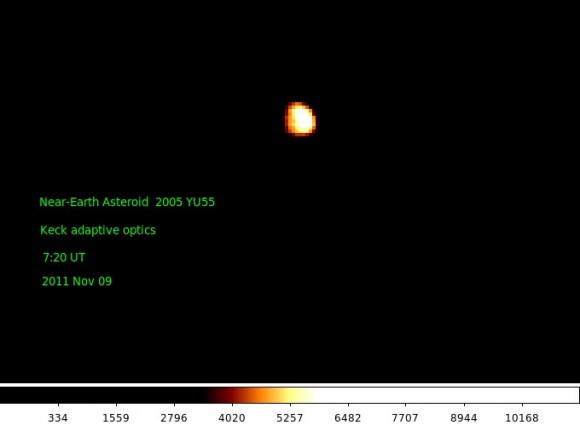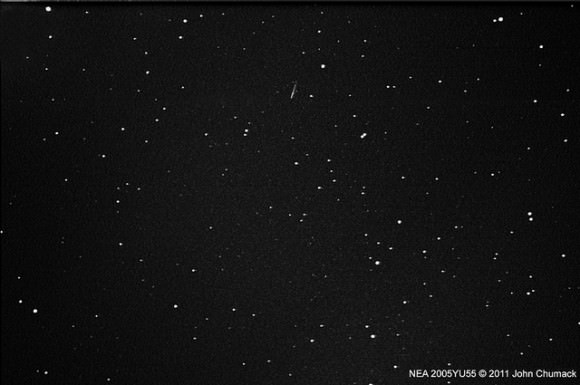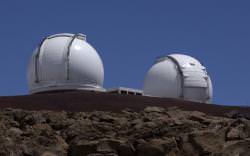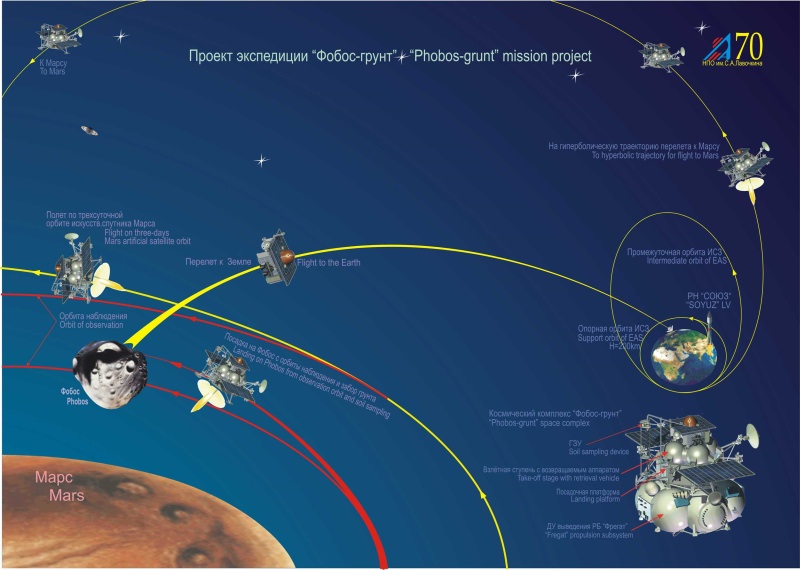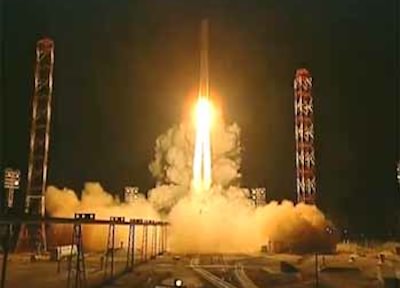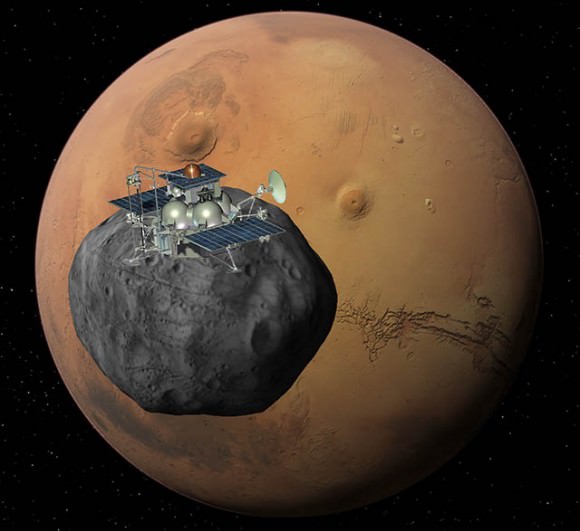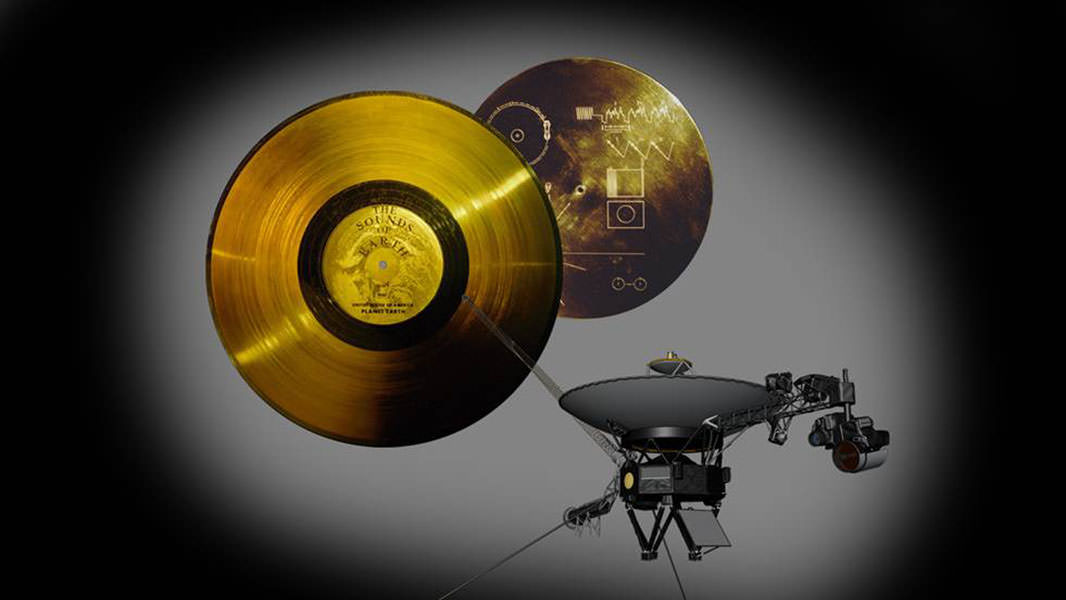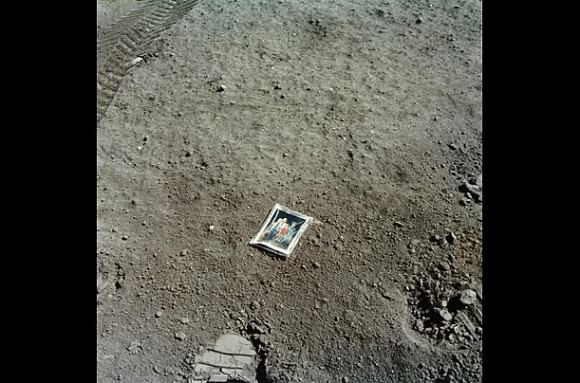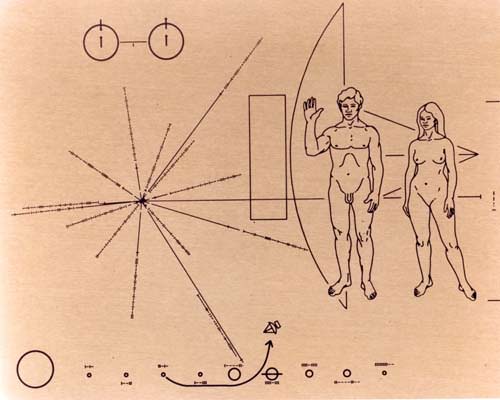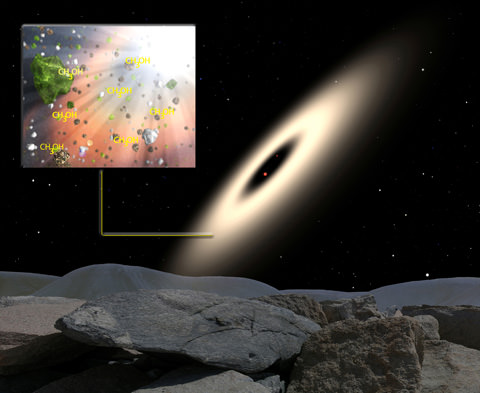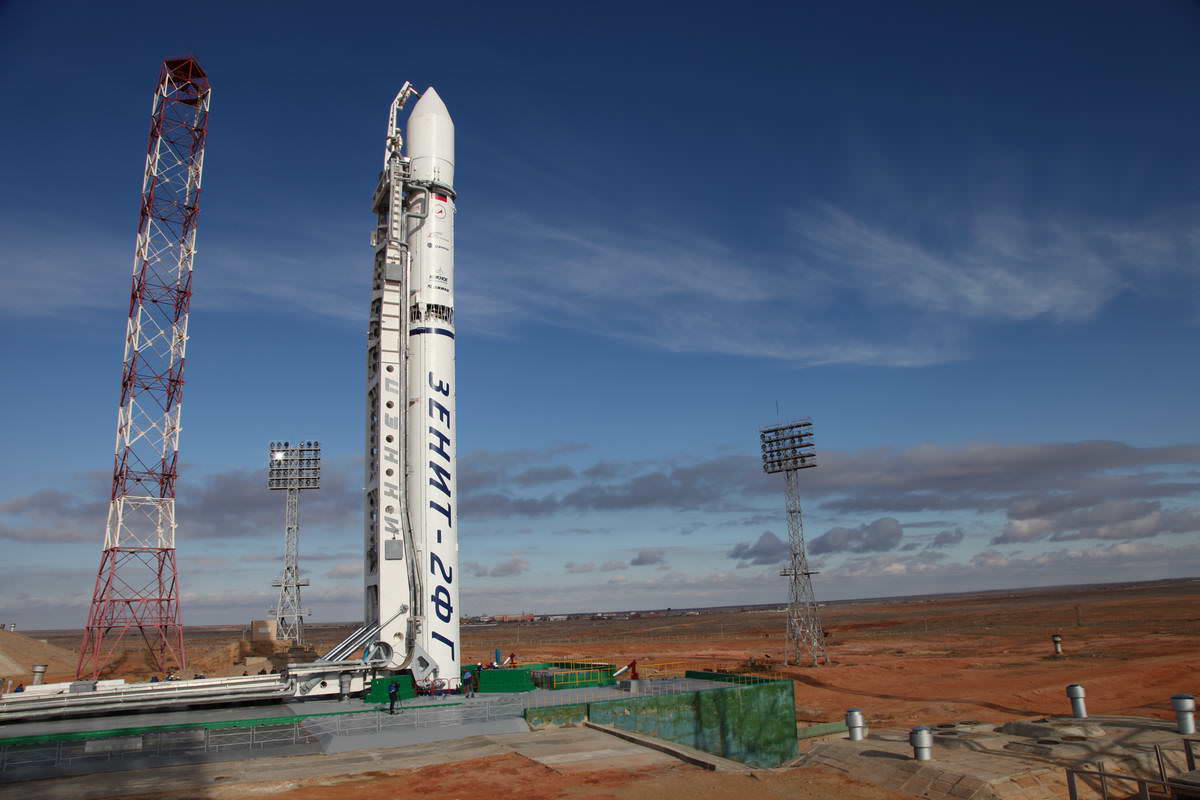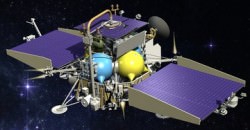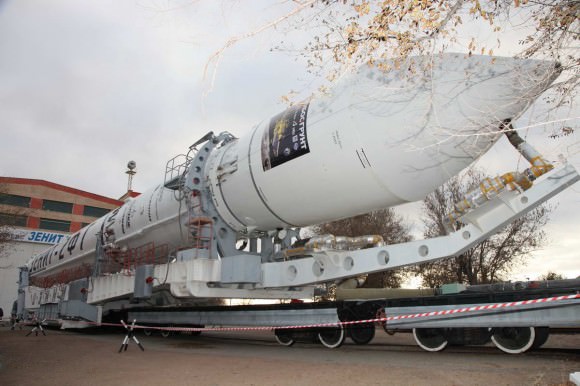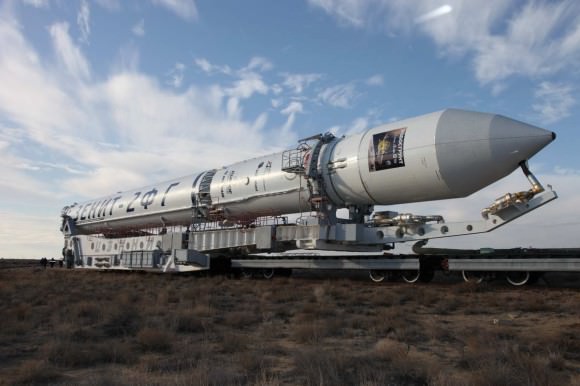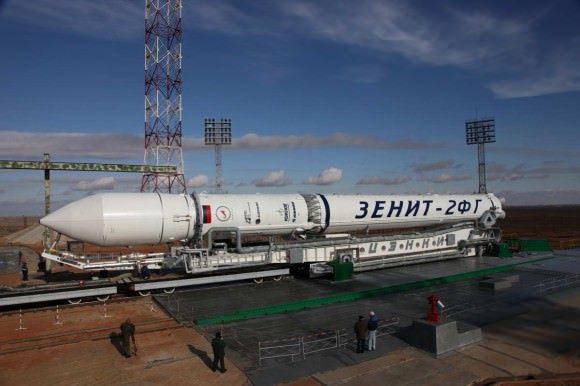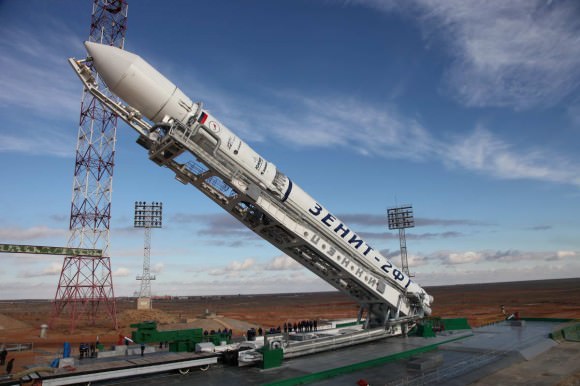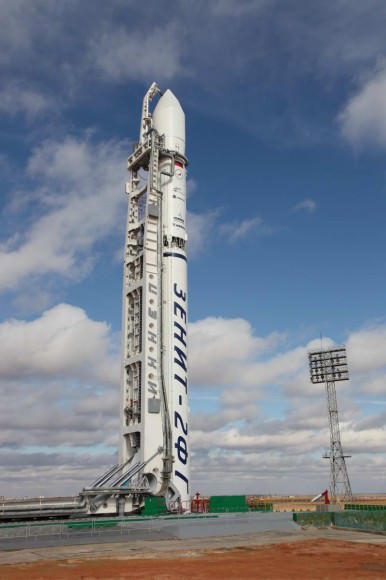With asteroid 2005 YU55 passing close by Earth yesterday, this rather unsettlingly near flyby has many people wondering if we would be able to divert an asteroid that was heading for an intersection with Earth in its orbit.
Of course, as natural disasters go, an asteroid strike on Earth would be extremely bad. Even relatively small space rocks could wipe millions of people off the face of the planet, and for the really big asteroids – like the one that caused the Chicxulub event 65 million years ago – it’s unlikely that humanity would survive. And yet, for all their devastation, asteroids offer a glimmer of hope. An asteroid strike is preventable, given we have the time to deal with it.
“Today no known asteroid is on a collision course with the Earth,” said Dr. David Morrison from NASA’s Near Earth Object (NEO) Program, in a report a few years ago from the Spaceguard Survey that looks for close passing objects. “The Spaceguard Survey does not expect to find any large asteroid that directly threatens us. If, however, such a rock is discovered on a collision course, then we anticipate that we would apply appropriate technology to deflect it before it hits. Asteroid impacts are the only natural hazard that we can, in principle, eliminate entirely.”
There are a few different ways to change an asteroid’s orbital path, but what’s the best way to do it?
First, let’s talk a little about what we’re dealing with. A Near Earth Object is an asteroid or comet whose orbit enters the Earth’s neighborhood – anything that orbits within 195 million kilometers (120 million miles) of Earth’s orbital vicinity. Some objects have been traveling with us for millions years, weaving in and out of our orbital path. Eventually, one of these objects is going to be at the wrong place at the wrong time and impact the Earth.
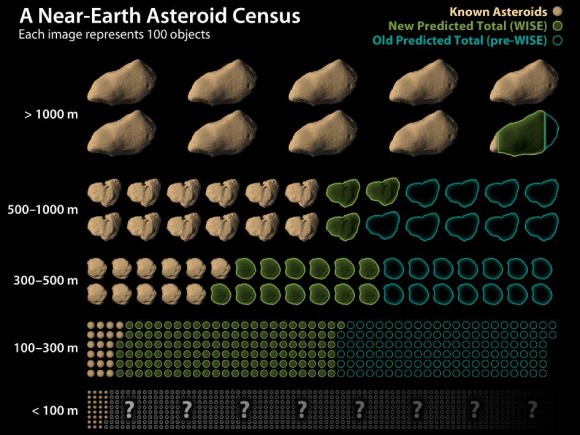
Astronomers everywhere are aware of the problem, and there are several surveys underway to discover and catalog all of the potential Earth crossing asteroids, such as the Spaceguard Survey, working to discover all of the near Earth asteroids larger than 1 km in diameter. Rocks above this size have the potential to end civilization as we know it, so it would be good to know if any of them are heading our way.
But objects as small as 140 meters across will cause regional damage, and even the death of millions if one happens to strike a major city. These smaller rocks are a priority too.
As of November 03, 2011, 8,421 Near-Earth objects have been discovered. Some 830 of these NEOs are asteroids with a diameter of approximately 1 kilometer or larger. Also, 1,262 of these NEOs have been classified as Potentially Hazardous Asteroids that have the potential to make close approaches to the Earth, with a size large enough to cause significant regional damage in the event of impact.
Additionally, recent results from NASA’s Wide-field Infrared Survey Explorer, or WISE spacecraft – which with the other surveys has helped find about 90 percent of the largest near-Earth asteroids — astronomers now estimate there are roughly 19,500 mid-size near-Earth asteroids out there, meaning the majority of these mid-size asteroids remain to be discovered. These are objects between 100 and 1,000 meters (330 and 3,300-feet) wide.
Astronomers are working to create a comprehensive list of every dangerous space rock out there. What if there’s an asteroid with our name on it? What action can we take to reach out and destroy it, or at least change its trajectory away from a collision with the Earth?
We’re not talking about an Armageddon or Deep Impact scenario here; there’s no way to stop an asteroid that’s going to impact us in just a few months — we don’t know how and don’t have the technology. But let’s say we’ve got a few decades warning.
How could we stop it?
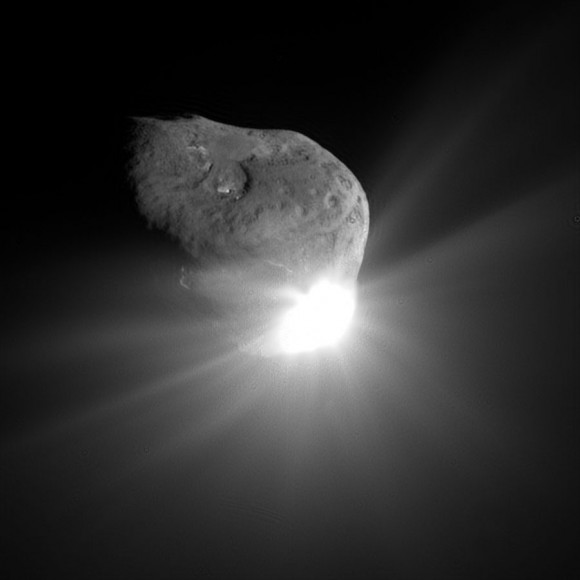
Former Apollo astronaut Rusty Schweickart has talked with Universe Today numerous times, and emphasizes that the technology needed to divert an asteroid exists today. “That is, we do not have to go into a big technology development program in order to deflect most asteroids that would pose a threat of impact,” he said. “However, that technology has not been put together in a system design, and not been verified, tested or demonstrated that it could actually deflect an asteroid. So, we need to test everything – test the very sequence we would use for a deflection campaign.”
The best way to test it would be to have NASA, or perhaps a consortium of space agencies, carry out an actual mission to test the entire system.
“Not with an asteroid that threatens an impact,” said Schweickart, “but with an asteroid that is just minding its own business, and we’d have the opportunity to show we can change its orbit slightly in a controlled way.”
Schweickart described two types of “deflection campaigns” for a threatening asteroid: a kinetic impact would roughly “push” the asteroid into a different orbit (a bigger version of what happened with the Deep Impact spacecraft) and a gravity tractor or space tug would slowly pull on the asteroid to precisely trim the resultant change course by using nothing more than the gravitational attraction between the two bodies. Together these two methods comprise a complete deflection campaign, using existing technology.
What are some other options?
Blow it up with nukes
Every Hollywood story dealing with asteroids always involves packing nuclear warheads on board a spaceship and then flying out to blow up the asteroid. Kaboom! Problem solved? Not exactly. The science in these movies is misleading at best, and probably just plain wrong.
Plus, as Schweickart stresses, this is probably a really bad idea. He believes that there the problem of creating many smaller and just as deadly pieces of rock by blowing up a large asteroid (and it might actually increase its destructive power.) But in a report put out by the National Research Council in 2010, scientists admit that nuclear explosions are the only current, practical means for dealing with large NEOs (diameters greater than 1 kilometer) or as a backup for smaller ones if other methods were to fail.
There’s one additional legal catch. Article IV of the Treaty on Principles Governing the Activities of States in the Exploration and Use of Outer Space, including the Moon and Other Celestial Bodies prohibits countries from using nukes in space. Conventional explosives are permitted, but they just aren’t as effective. But Schweickart worries that NASA may be open to manipulation to put forward the proliferation of space-based nuclear weapons under the guise of international “safety.”
*Update: That said, another mitigation plan also involves nuclear weapons, and is called Nuclear Ablation. This would involve detonating a nuke in close proximity to an asteroid and the radiation vaporizes its surface generating an explosive thrust and a change in velocity in response.
In their 2007 NEO Workshop Report NASA’s Program Analysis and Evaluation determined that such an approach would be 100 times more effective than a kinetic impactor.
Use a Solar Sail
For a more elegant idea rather than blowing it up, physicist Gregory Matloff has studied the concept of using a two-sail solar photon thruster which uses concentrated solar energy. One of the sails, a large parabolic collector sail would constantly face the sun and direct reflected sunlight onto a smaller, moveable second thruster sail that would beam concentrated sunlight against the surface of an asteroid. In theory, the beam would vaporize an area on the surface to create a aerojet of materials that would serve as a propulsion system to alter the trajectory of the NEO.
Tie them Up
Back in 2009 David French, a doctoral candidate in aerospace engineering at North Carolina State University, had the idea of attaching ballast to an asteroid with a tether. By doing this, French explains, “you change the object’s center of mass, effectively changing the object’s orbit and allowing it to pass by the Earth, rather than impacting it.”
Mirror Bees
Another more elegant technique also uses concentrated light to gently move an asteroid. This project, which has been sponsored by the Planetary Society, is called “Mirror Bees.” This uses many small spacecraft — each carrying a mirror — swarming around a dangerous asteroid. The spacecraft could precisely tilt their mirrors to focus sunlight onto a tiny spot on the asteroid, vaporizing the rock and metal, and creating a jet plume of super-heated gases and debris. Alternatively, the satellites could contain powerful lasers pumped by sunlight, and the lasers could be used to vaporize the rock. The asteroid would become the fuel for its own rocket — and slowly, the asteroid would move into a new trajectory.
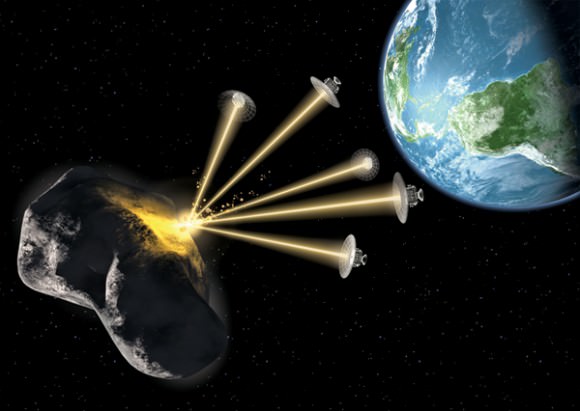
Lasers
Another interesting technique from the University of Alabama in Huntsville would involve placing a laser system into space, or at a future Moon base. When a potential Earth-crossing asteroid is discovered, the laser would target it and fire for a long period of time. A small amount of material would be knocked off the surface of the asteroid, which would deflect its orbit slightly. Over a long period of time, the asteroid course correction would add up, turning a direct hit into a near miss.
Plastic Wrap
One extremely inventive concept involves using a satellite to wrap an asteroid with ribbons of reflective Mylar sheeting. Covering just half of the asteroid would change its surface from dull to reflective, possibly enough to allow solar pressure to change the asteroid’s trajectory.
Mass Drivers
This idea involves the use of multiple landers to rendezvous and attach to a threatening asteroid, drill into its surface, and eject small amounts of the asteroid material away at high velocity using a mass driver (rail gun or electromagnetic launcher). The effect, when applied over a period of weeks or months, would eventually change the heliocentric velocity of the target asteroid and thereby alter its closest approach to Earth.
Other ideas include attaching a regular rocket motor to the asteroid; painting an asteroid to make it darker or lighter so that it absorbs and re-radiates more or less sunlight, affecting its spin and eventually its orbit; and a shepherding ion beam.
Civil defense (evacuation, sheltering in place, providing emergency infrastructure) is a cost-effective mitigation measure for saving lives from the smallest NEO impact events and would also be necessary part of mitigation for larger events.
The key to deflecting a dangerous asteroid is to find them early so that a plan can be developed. Schweickart said making decisions on how to mitigate the threat once a space rock already on the way is too late, and that all the decisions of what will be done, and how, need to be made now. “The real issue here is getting international cooperation, so we can — in a coordinated way — decide what to do and act before it is too late,” he said. “If we procrastinate and argue about this, we’ll argue our way past the point of where it too late and we’ll take the hit.”
For more information, read The Association of Space Explorers’ International Panel (chaired by Schweickart) report: Asteroid Threats: A Call For Global Response.
National Research Council report: Defending Planet Earth: Near-Earth Object Surveys and Hazard Mitigation Strategies. Final Report.
2006 Near Earth Asteroid Survey and Deflection Study
Fraser Cain contributed immensely to this article.

